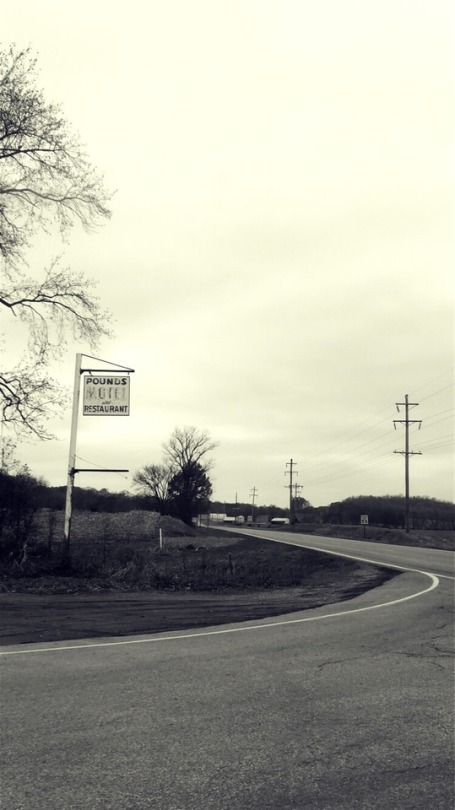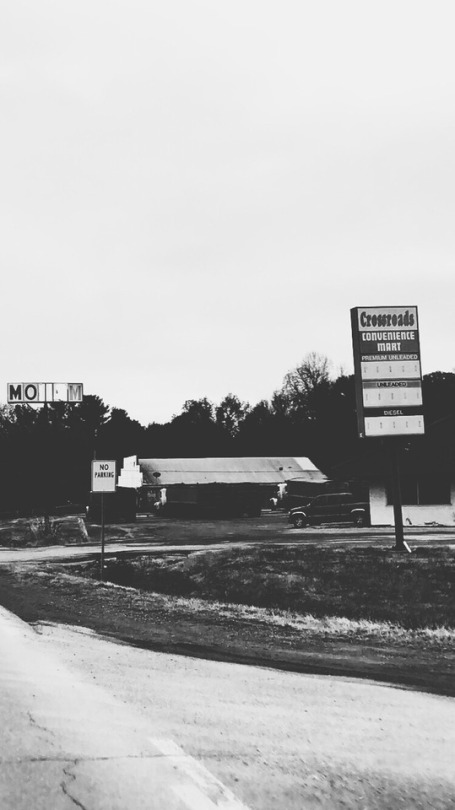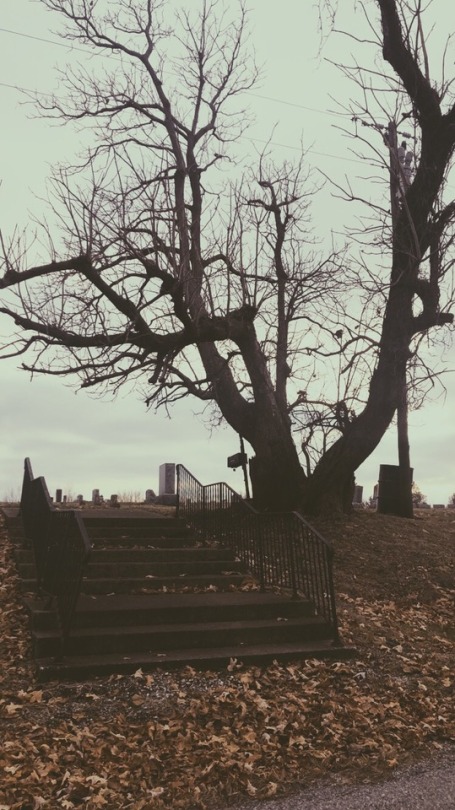As of recent, my news stream has been inundated with articles about witchcraft and spirituality, specifically how it fits neatly into the millennial (and presumably Gen Z) worldview. And with it, services and items catering to this “new” demographic, often featuring whatever vaguely New Age products that can be peddled sans consideration for the very function and practices from which these tools derive. That in itself might merit its own post, but my concern lies foremost with the notion that the craft requires any number of specialty ingredients: chief among them those of questionable sourcing. Most of you know, but for those new to the Craft I want to make clear that witchcraft is a practice firmly planted in the soil, by which I mean the natural world that surrounds you. Emphasis on you. Once upon a time, of course, this was founded on necessity: you had at your disposal only that which grew from (or comprised) the lands around you. It is easier now, in this our hour of globalization, to order herbs, crystals online or pick them up in neat bags from headshops or supermarkets, but so too does it distance the practitioner from the power of their own setting, from the land and its innumerable spirits. But more nefariously, such a system stems from the Western penchant for commodifying the natural, reducing the world to resource as it might be bought and sold. It is for this reason that I have and continue to advocate for adapting your craft to be one that is regionally specific (or narrowed even further). It is not simply to alert practitioners the the ingredients that grow or exist already just out one’s own back door, but is an effort also to ground one’s craft in the very soil that might sustain them, to return to a reciprocal engagement with the land, its flora and its fauna.
Now, don’t get me wrong, do I also use things obtained online or from the supermarket? Yes, but I do my best to limit the use of such items, replacing ingredients when possible with those I have collected from my own area. I do concede, however, living in a very rural setting on a town which borders a national forest gives me certain advantages not so easily replicated by those living in urban centers. While such a setting could potentially make difficult this practice of grounding one’s craft in the local, these challenges are not insurmountable. Parks, empty lots, and even manicured plots can be host to any number of wild or ornamental plants, stones, and/or bones.
Cultivation is another method by which one might engage with the land in ways sometimes even more rewarding the wild foraging. While to find spirits in their chosen setting might provide the practitioner with clues as to their very nature, cultivation offers the practitioner the opportunity to tend and engage with plants in a way foraging does not. In caring for plants, you build a rapport with them, you manage their power and thusly imbue them with your own. However, it is always imperative to be conscious of the status of plants before attempting to cultivate: ensure that they are noninvasive, consider if they are dangerous to children or pets, and check your own local laws as to their legal status. Again, if choosing to cultivate plants, I suggest making an effort to grow those that are indigenous to your region, with a special emphasis on those which are endangered and those most tolerant to your specific lot. For instance, much of the local flora here thrives in wetland conditions (this whole place, once upon a time, was one big swamp), but my backyard is decidedly not a swamp. However, 50 yards back is a border thicket that certainly meets the swamp-criteria, and I have (covertly) planted a few species which favor such conditions therein. Be conscious of the conditions in which such plants thrive, as removing them from such settings can also alter their efficacy or, more interestingly, transform it.
In short, to those new to the Craft, don’t buy into this resurgence of commercialization. Instead, go outside and engage with your own little microcosm. Learn to identify what already exists all around you, study its habits, deduce its uses and cultivate a relationship with it. Do not be a disconnected agent or be tricked into believing that to be successful you must spend on specialty products. Everything you need is already at your fingertips. You need only open your eyes to it.








